This is a guest post by Eleni Hagen.
Until relatively recently, many marketers were content to live and die by the sales funnel.
To review, the basic outline for said funnel looks something like this:
- At the top of the funnel (TOFU), a prospect becomes aware of your brand.
- In the middle (MOFU), they actively engage by expressing interest in what you sell.
- At the bottom (BOFU), the prospect makes their ultimate decision and (hopefully) converts from lead to customer.
But, as with most behavioral templates, things don’t always work according to plan. Strategies can change. Prospects can disappear. Funnels can leak.
One possible culprit? BOFU content.
Sadly, today’s marketers tend to sideline their BOFU strategy. This isn’t too surprising, as it’s no secret many marketers spend the bulk of their time on “awareness” (or TOFU) materials, designed solely to draw prospects in.
In fact, this imbalance is so prevalent, experts are starting to take notice…and issue warnings.
Content strategist/influencer Kathryn Aragon, for example, cautions many marketers are “guilty” of letting TOFU content consume their schedules. And Forbes.com similarly suggests marketers often skew their efforts toward creating TOFU leads, which can put added pressure on sales.
All of this can be highly problematic because a) today’s buyer is fully in charge, and BOFU content plays a crucial role in inspiring them to pull the trigger, and b) without a final sale, the TOFU content your team creates is rendered useless, meaning BOFU content essentially sets the stage for TOFU to have its desired effect.
How, then, do marketers right this top-heavy ship?
They do it by revamping their sales collateral processes, aligning their end-of-tunnel strategy with BOFU best practices and taking cues from excellent BOFU campaigns in action.
Let’s clarify.
Truly effective BOFU content:
- Convinces “precipice” buyers into making a purchase.
- Assures prospects their purchase won’t be in vain.
- Features a call to action (CTA) that moves buyers even closer to the finish line.
Below, I’ve compiled a few top tricks of the trade to bear in mind when creating your BOFU content, along with some examples of impactful BOFU assets to help your campaigns land more sales.
1: Consider the audience source
Creating BOFU content that converts requires you to know exactly who your prospects are. It also requires a working acquaintance with the BOFU consumer mindset.
Meet your BOFU buyer:
Typically, a prospect at the BOFU stage has done her homework. She knows quite a lot about your industry and product––and she’s very close to purchase. But, for whatever reason, something is standing in her way. And to complicate matters, she’s very likely looking into your competitors as well.
But there’s good news. You can bypass these roadblocks by asking yourself a detailed set of questions about who this buyer actually is, such as:
- “How has she already engaged?” – Did she arrive via landing page? Respond to an email from your sales team? Attend a webinar?
- “Who is she?” – What industry, verticals, and business challenges does she represent? How can your solution appeal to her in particular?
- “What does she already know about the product?” – How far along is this prospect in the funnel, really? Has she completed a product trial? Watched a sales video? Downloaded a comparative report?
- “What’s the buying dynamic?” – Will your approach be a classic B2B or eCommerce play? Who’s likely to make the final decision? (A single buyer? A buying committee?)
- “What do her web searches look like?” – Consider: Most BOFU buyers actively search for keywords such as:
o “Compare”
o “Consumer reviews”
o “Company A vs. Company B”
o “Discount”
o “Customer testimonials”
The answers to the above will help you fine-tune your BOFU content stockpile so you can speak directly to the needs/concerns of each late-stage target. As you proceed, though, remember: The BOFU audience is a lot smaller than the TOFU—or even MOFU—audience. Your BOFU content should therefore always be narrower in scope and address specific problems in greater detail.
2: Practice persuasion
Once your marketing efforts and your buyer’s journey converge at the BOFU stage, your content should take on the role of advocate. By this point, the time for modesty has passed, and a neutral, purely educational tone (common practice for TOFU assets) is no longer necessary.
Instead, your task is now to persuade your prospect into the end zone using as many of the following as possible:
- A voice that establishes your sales team as a friendly consultant, rather than a stuffy professor.
- Informative content that assures buyers your solution will help them reach their goals and overcome their challenges.
- Comparative content that places your solution in context with your competitors, highlighting your strengths and emphasizing any sources of additional value.
- “Show-don’t-tell” content that lets your prospects envision themselves as bona fide customers.
- Educational content that delves deeper, providing a glimpse into how your product has proven successful for niche businesses in the past.
The greater your powers of persuasion (and your facility with the techniques/genres listed), the greater your chance of transforming your prospect into a purchaser.
3: Measure and modify
As is always the case with digital marketing, you’ll need to keep track of how well your BOFU content is working, and to what degree.
Unfortunately, however, standard metrics can’t really track in-depth levels of performance or engagement, so you’ll have to pursue several specialized KPIs when it comes to your BOFU analytics.
Sound like a lot? Don’t worry. Just keep telling yourself the most important factor is conversion. Try tracing things like:
- Total conversions
- ROI
- Earnings per lead
- Average order value
- Webinar, trial, or demo enrollment
- Cart abandonment rate
For a slightly broader picture of how your BOFU campaigns are resonating with your audience, you may also want to investigate:
- Content downloads
- Web engagement (such as landing page visits or price comparison tool usage)
- Direct BOFU asset revenue influence
Once gathered, these findings can inform necessary content modifications, enabling you to attract buyers more readily using an evidence-based strategy.
Successful BOFU content in action
The list of possible BOFU assets is potentially limitless, but here are a few favorites, with a brief rundown of why they work so well (along with some real-world examples).
Case studies & customer reviews
93% of consumers report a tendency to check in with buyer reviews before making any concrete decisions. These third-party-driven BOFU assets carry a lot of “social cred” because they provide concrete proof of the success of your solution, verified by an outsider.
Examples:
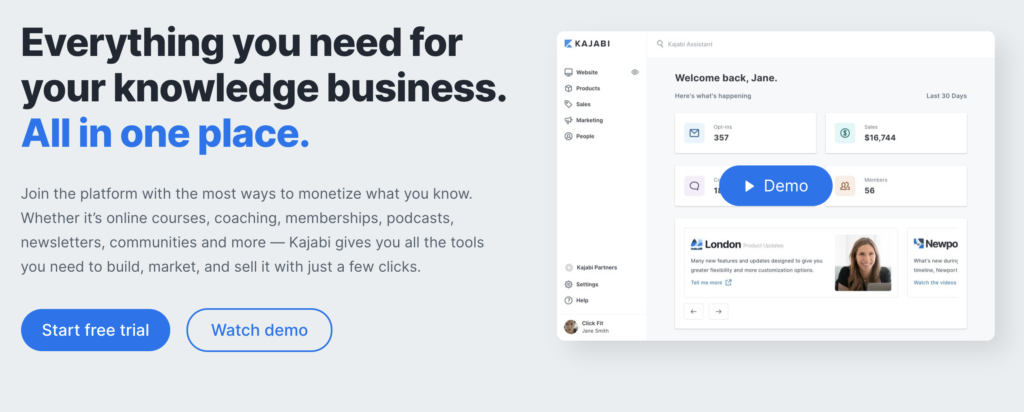
- Customer stories from Slack’s collaboration platform, each focusing on how a single product feature helped a customer achieve a certain goal.
- Sprinklr’s video overview of how its CXM solution was utilized to collect and manage information for the US 2020 Census.
- See also: AllSaints’s visual review page, where social media influencers simply upload pictures of themselves sporting the brand’s clothing as digital endorsement.
Demos/trials & webinar Q&As
These offer prospects a chance to immerse themselves in your product and raise questions in real time (while also generating a sense of urgency by keeping the experience confined to a limited timeframe).
Examples:
- Kajabi’s 14-day trial, allowing novice entrepreneurs to test the marketing/community-building platform before making a full commitment.
- Mailchimp’s free version offering, which is entirely upfront about complimentary vs. premium paid features.
Vendor/price comparisons & cost/ROI calculators
All great ways to graciously acknowledge your competition while emphasizing your strengths and playing to your product value.
Examples:
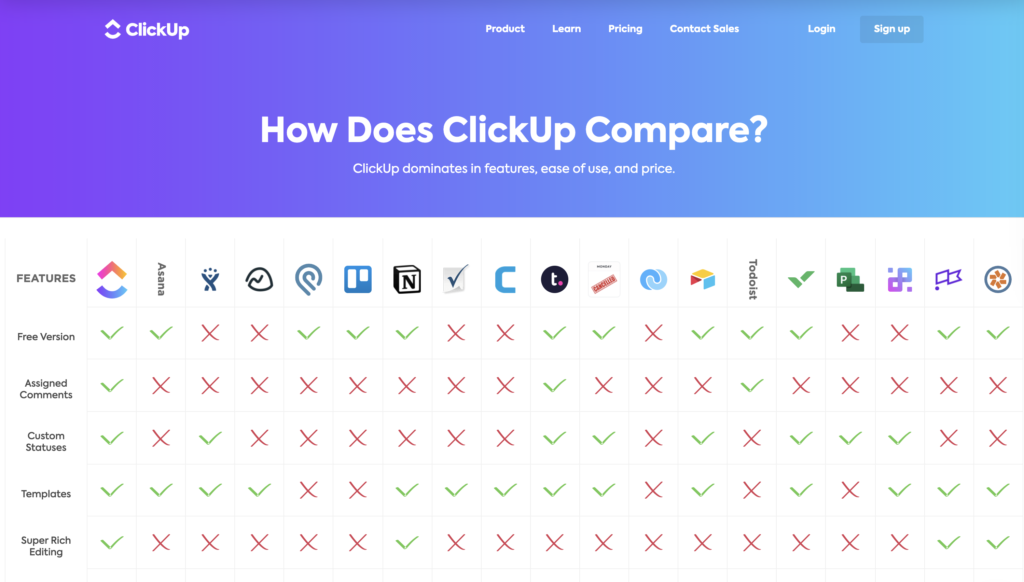
- ClickUp productivity software’s extensive lineup of comparisons, covering no fewer than 11 competitor platforms.
- SensrTrx’s detailed ROI calculator for its manufacturing analytics solution (with a breakdown of how to interpret results).
Consultations/free courses/walkthrough videos
These capitalize on the “assurance” factor, allowing reps or company personalities to build buyer trust through interactive discussion and/or educational materials that mimic the UX.
Examples:
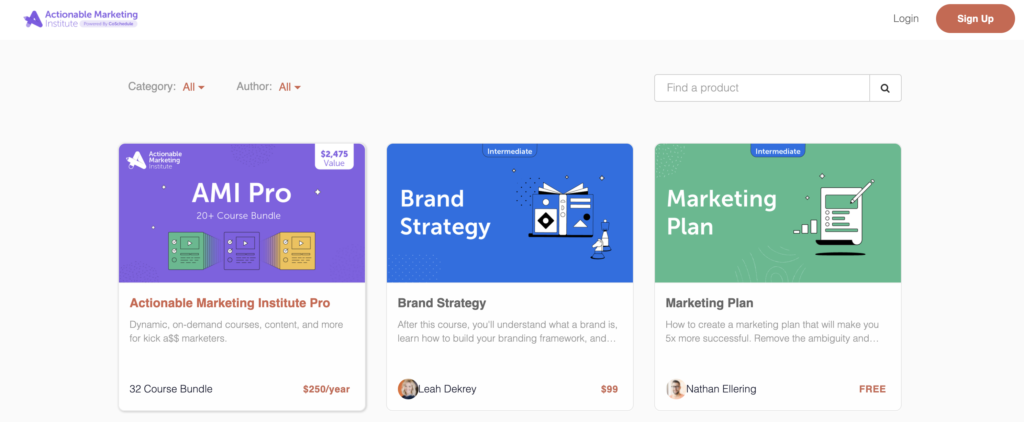
- CoSchedule Actionable Marketing Institute’s in-depth courses (some of which are free), providing real-world advice and product training.
- Asics’s 3D rendering of its MetaRun shoe with a near-microscopic look at materials and construction.
All these examples reflect a deep awareness of their respective audiences, along with an exceptionally persuasive voice. Look to them for guidance when crafting your next BOFU asset, but be sure to incorporate intel from your analytics and company-specific KPIs as well.
A reminder before you begin:
Today’s buyer may call the shots, but you have the power to shift the entire game by placing thoughtful, creative BOFU content on your prospects’ screens. As you proceed, keep in mind BOFU is far from the end of the line––rather, it’s a place to display advocacy and to champion your brand in a truthful and meaningful way.
TOFU assets should always remain a critical part of your process, but it pays to think about your marketing strategy from the bottom up.

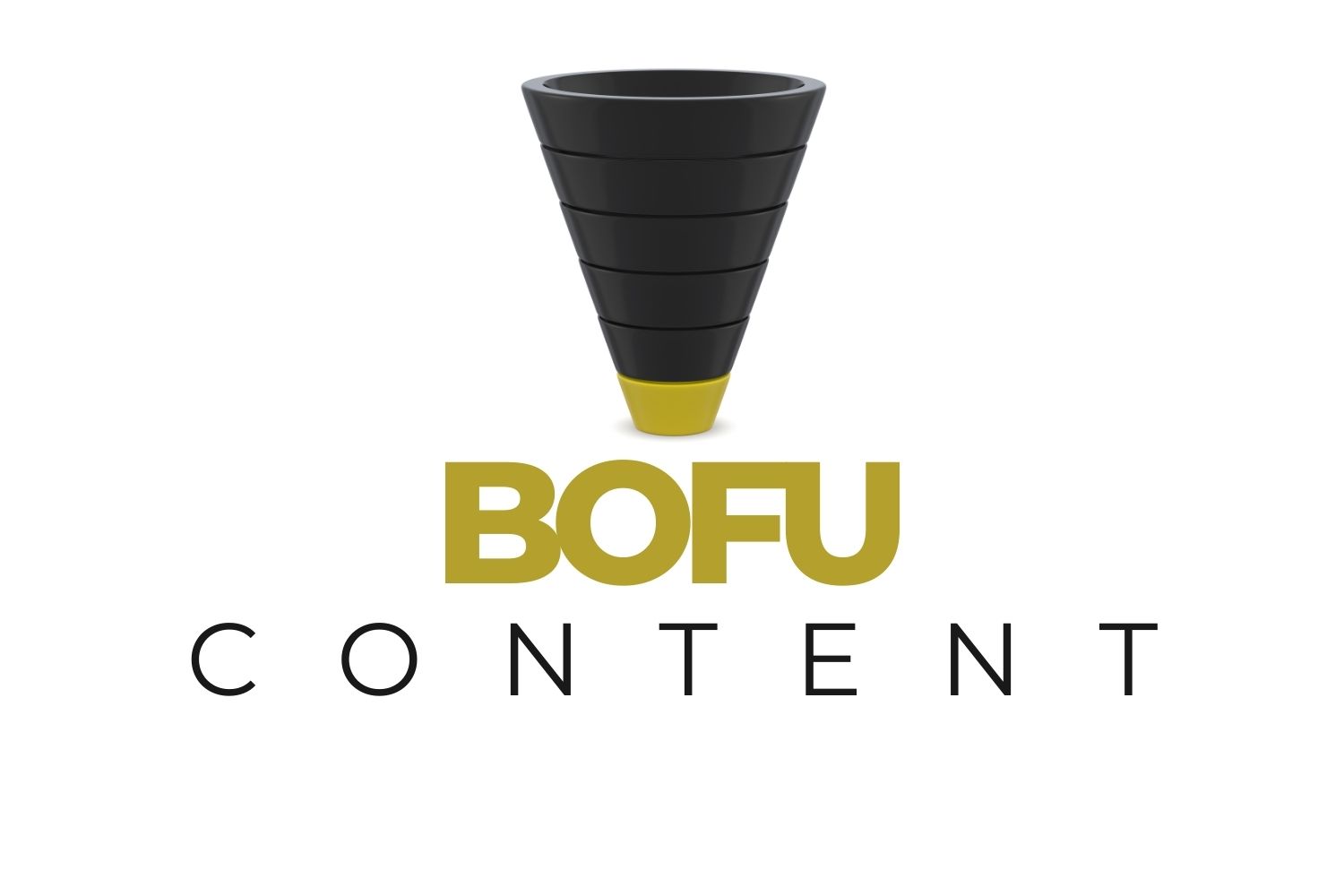

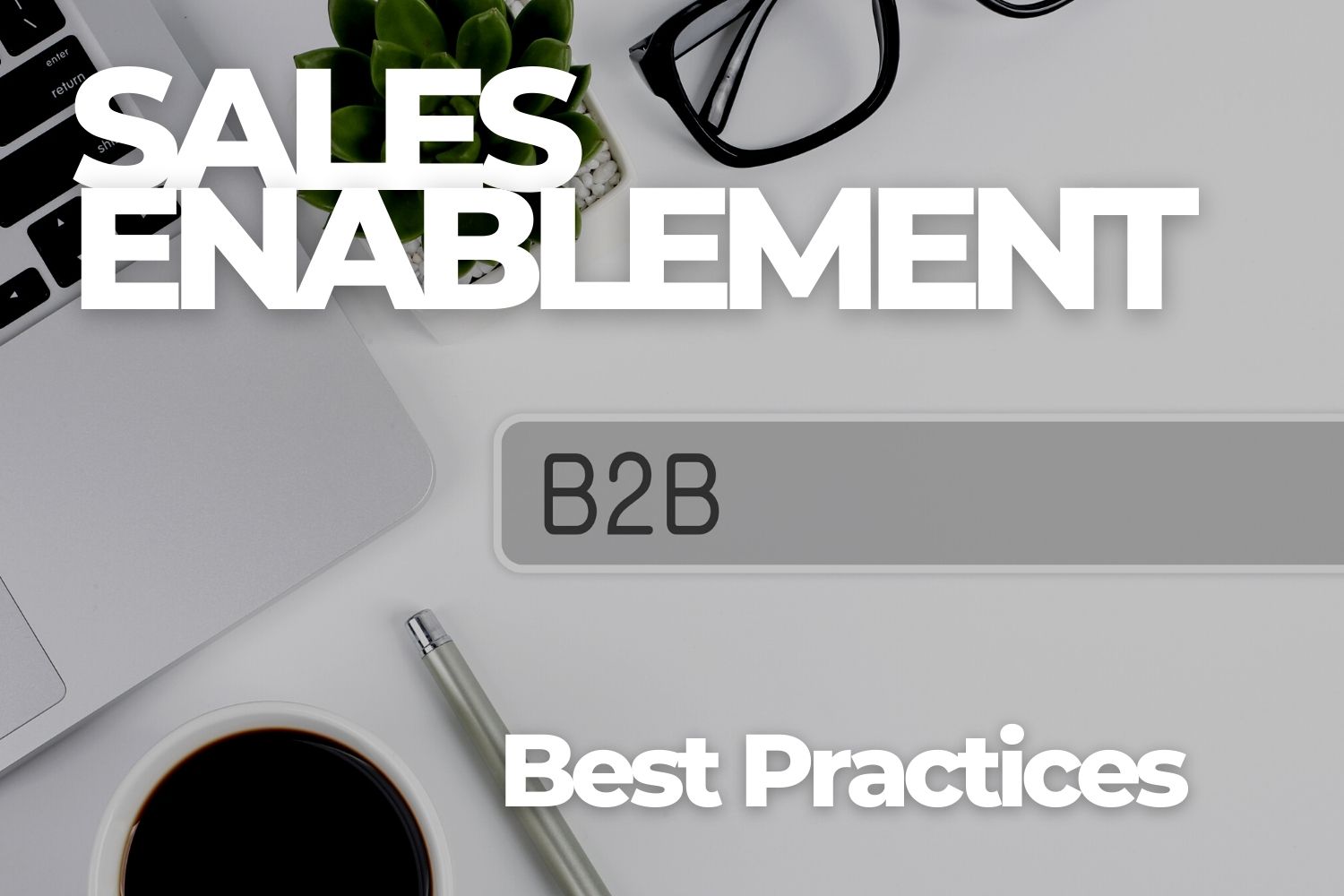

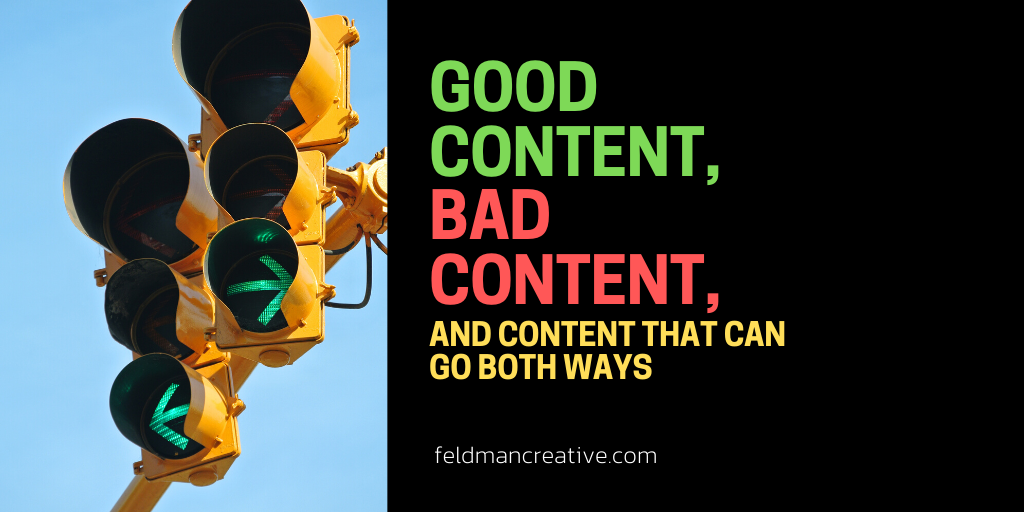
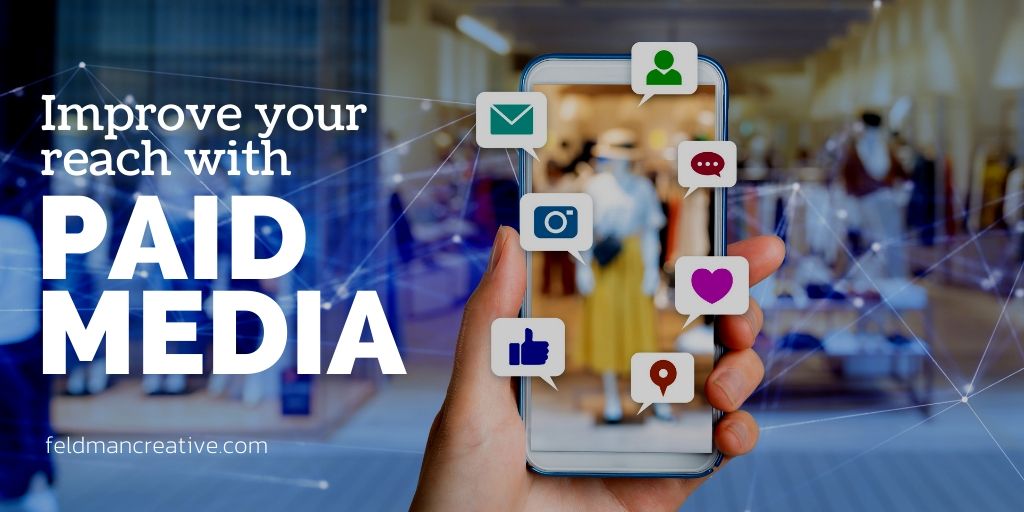
Comments are closed.